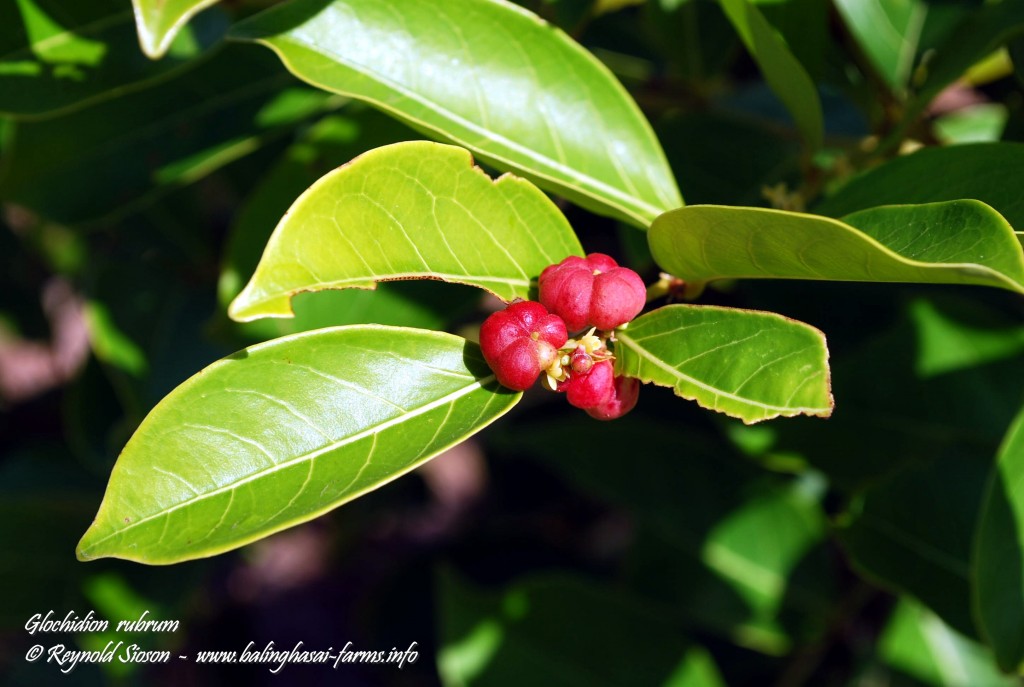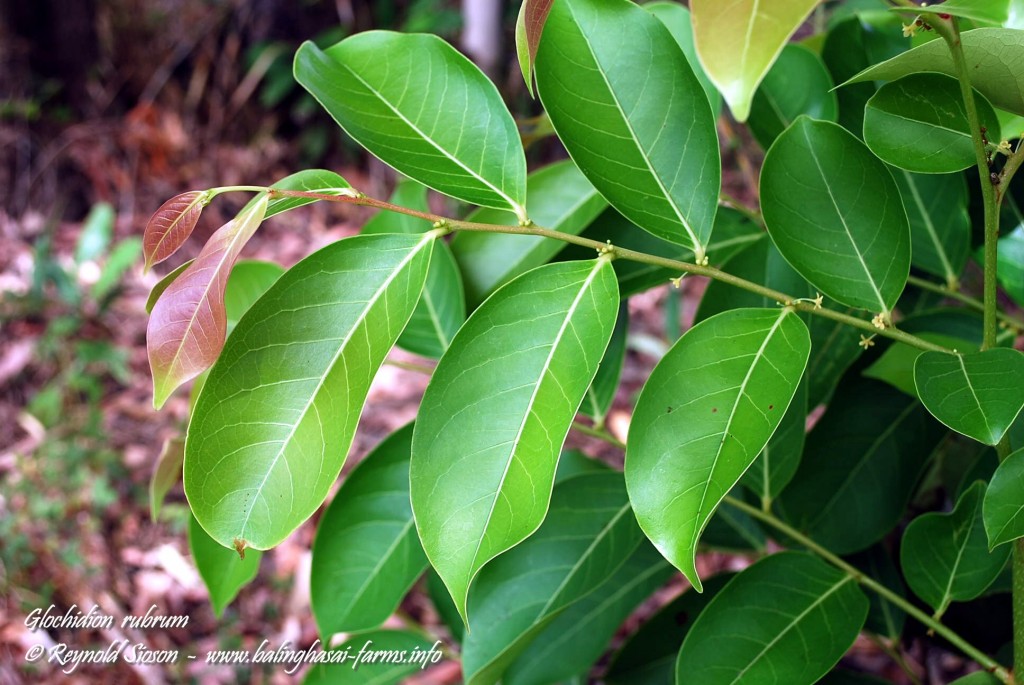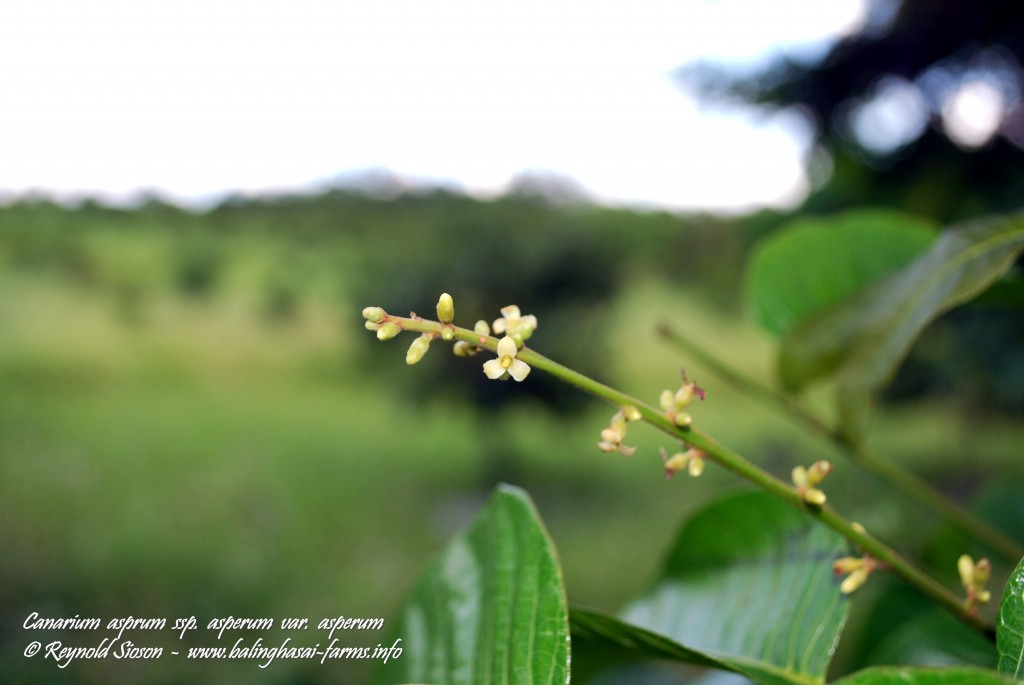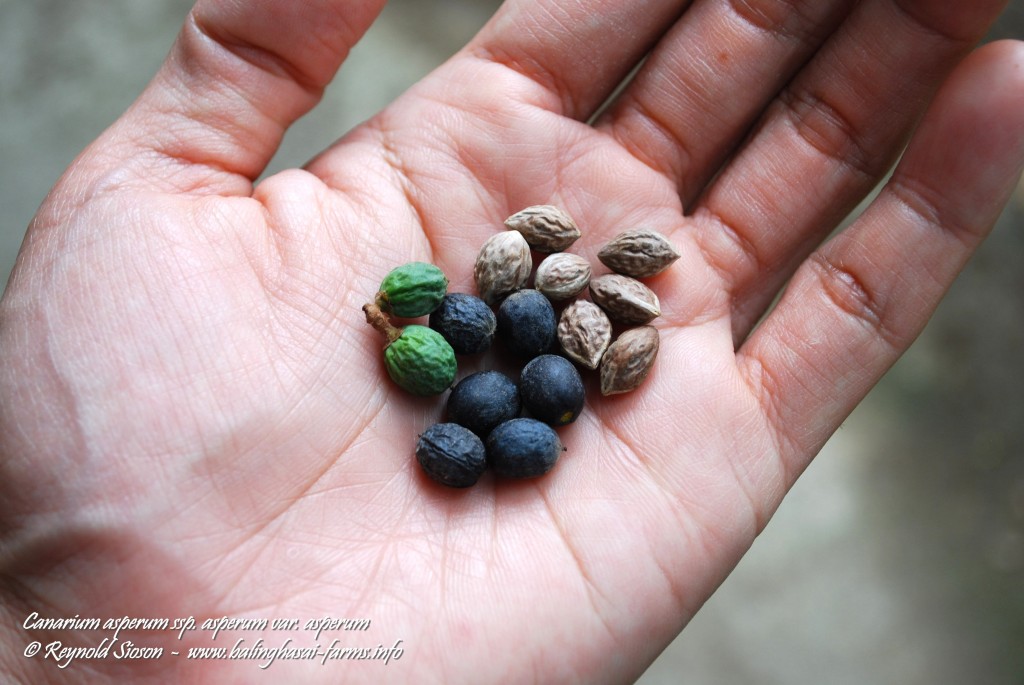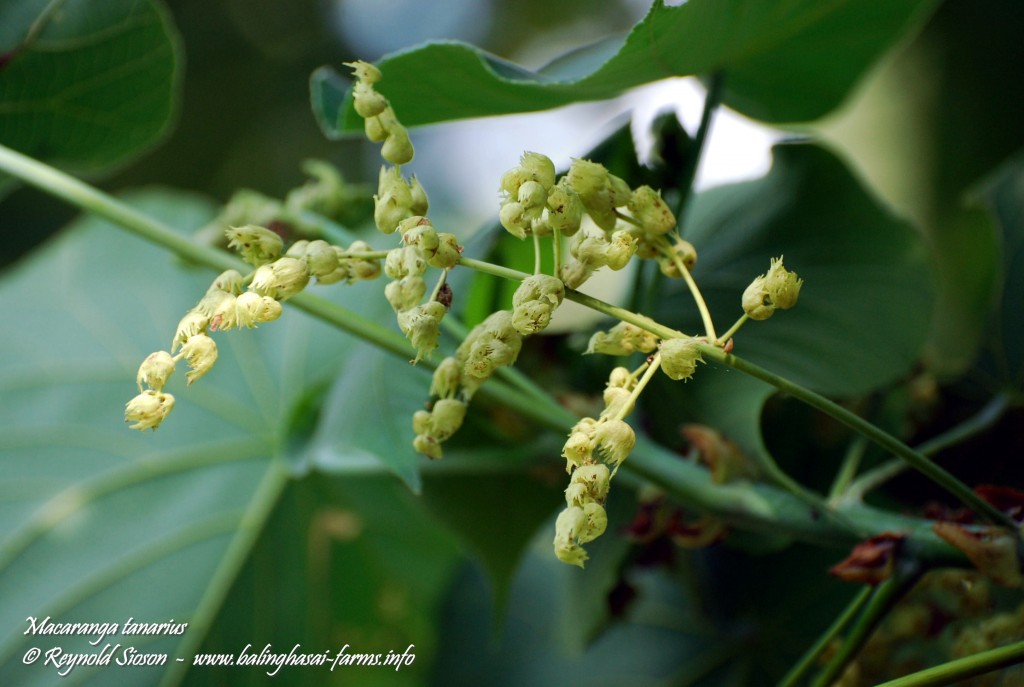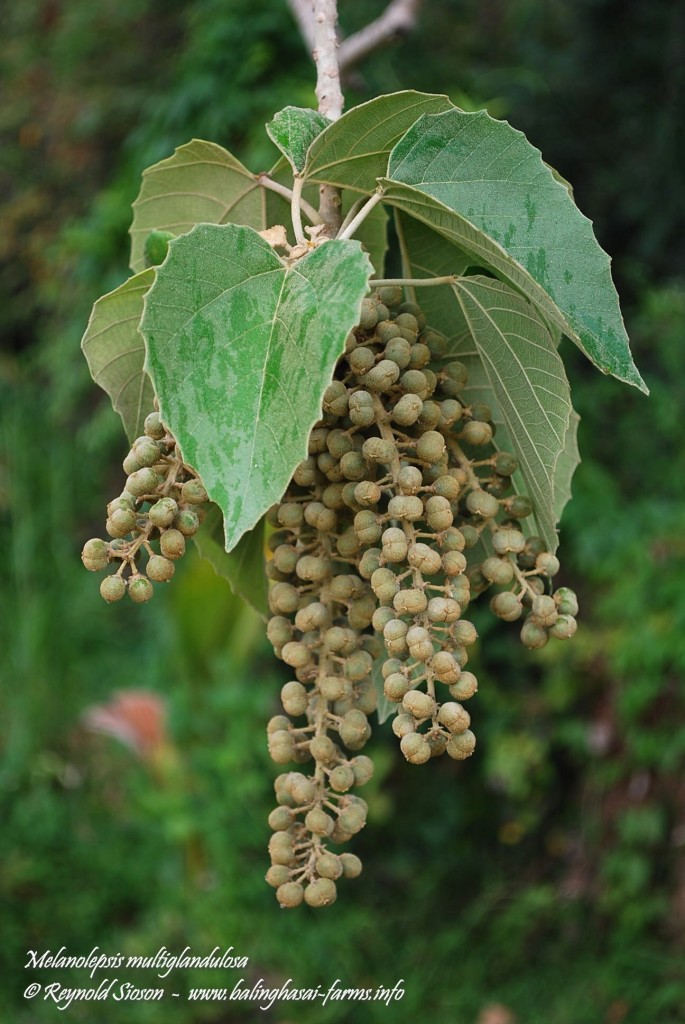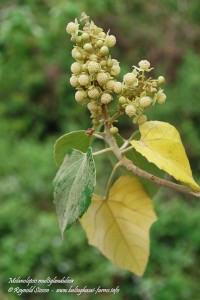My short 4 years of membership in the e-group “Rare Fruit Society of the Philippines” (RFSP) brought good friends and acquaintances despite occasional meetings and even rarer farm visits. More fascinating to think though that online and mobile communications with members I haven’t even met yet and exchange of planting materials with them have lived through the years. My correspondence with one such member, Mr. Alfredo Navarro or “Al”, is precisely just that. When we were developing the farm in 2008, RFSP founding member Verman “Berns” Reyes gave me a few leads where to source Philippine native trees seedlings; Al was one of those he referred. It wasn’t very hard to connect with this guy; a prompt reply came very soon after my introductory email and later that year I was already on my way to pick-up a batch including a lone Katmon-bayani (Dillenia megalantha), a Baling-agta (Diospyros sp.) and a Bantulinaw (Diospyros sp.). A lot more followed soon after which gave me the chance to reciprocate the generosity by giving back native seedlings from my own nursery and yet meetings remain elusive.
A row of 10 nearly matured Lanete trees (Wrightia pubescens ssp. laniti) now stands in the farm; thanks to Al. This beautiful tree is naturally found in numbers scattered along the woodlands and scrublands of our native Bulacan but the seeds have quite eluded us for many seasons already. It bears fruit that splits open in maturity, allowing the elements to disperse the airborne miniature seeds which proves seed collection quite testy and challenging.
Just recently, Al sent a text message to ask for Putat (Barringtonia racemosa) seedlings; a tree which he ‘d read about on a piece I contributed for the book “Philippine Native Trees 101″. Al, if you’re reading this, I still owe you the Putat seeds/seedlings.
Specimen : Wild trees
Observed habitats: Open slopes and dry grasslands
Local names : Lanete, Laniti
Trade name : Lanete
Botanical name: Wrightia pubescens ssp. laniti
Family : Apocynaceae
Height : 8-10 meters
Fruiting season : Fruits observed from August to December
Traits : Drought tolerant; Deciduous; Fast growing; Medium-sized tree; Tolerant of infertile soil
Recommendations : Erosion control; Farms; Landscaping; Large avenues; Large gardens; Living fence; Nurse tree; Ornamental tree; Pioneer species for reforestation purpose; Public spaces; Riparian management; Roadside tree; Shade tree; Timber belt; Timber plantations; Urban greening; Windbreak
Used for : Timber used for general constructions; Wood for carving, furnitures, musical instruments, small wooden articles and interior works; Fuel wood and charcoal
Native range : Southern China, Southeast Asia (including the Philippines), Australia to Solomon Islands
National conservation status : Not threatened in the Philippines
Possible threats : Clearing of woodlands for agricultural, commercial or residential use; Indiscriminate cutting of wild trees for fuel wood and charcoal production
(Note : Difference between other subspecies is that the calyx is 1/4 as long as corolla tube)
Further readings :
Philippine Woods : Principal Uses, Distribution & Equivalent Woods in Asia Pacific (A. Ella, A. Tongacan, R. Escobin & F. Pitargue)
Revised Lexicon of Philippine Trees (J. Rojo)
World Agroforestry Centre http://www.worldagroforestry.org/sea/Products/AFDbases/af/asp/SpeciesInfo.asp?SpID=18173 (721)
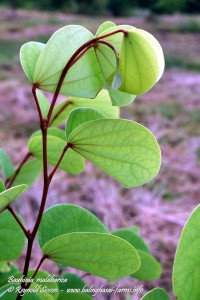 In our part of the world, August until November is that much-awaited time to collect the edible newly sprouting leaves of the native Alibangbang trees (Bauhinia malabarica). Bulakenyos, especially us who are from the town of old San Miguel, are particularly fond of using this butterfly-looking leaves as a flavoring, notably, for cooking beef shanks (Sinigang na pata ng Baka sa Alibangbang) and chicken (Inalibangbangang Manok). Our friends from Manila have been regularly requesting for Alibangbang leaves and even seedlings after knowing that we have a few wild trees growing in the farm. Our Alibangbang trees are not really remarkable to look at but they are always an attraction to visitors who often have a childhood memory of this tree. Sometimes, we also wrap some fresh leaves to give as gifts when visiting friends or relatives.
In our part of the world, August until November is that much-awaited time to collect the edible newly sprouting leaves of the native Alibangbang trees (Bauhinia malabarica). Bulakenyos, especially us who are from the town of old San Miguel, are particularly fond of using this butterfly-looking leaves as a flavoring, notably, for cooking beef shanks (Sinigang na pata ng Baka sa Alibangbang) and chicken (Inalibangbangang Manok). Our friends from Manila have been regularly requesting for Alibangbang leaves and even seedlings after knowing that we have a few wild trees growing in the farm. Our Alibangbang trees are not really remarkable to look at but they are always an attraction to visitors who often have a childhood memory of this tree. Sometimes, we also wrap some fresh leaves to give as gifts when visiting friends or relatives.